Advertisement
First attempt to develop targeted brain stimulation therapy in this setting

By Ela Plow, PhD, PT; Yin-Liang Lin, PhD; Kelsey Potter-Baker, PhD; Vishwanath Sankarasubramanian, PhD; David Cunningham, PhD; and Andre Machado, MD, PhD
Advertisement
Cleveland Clinic is a non-profit academic medical center. Advertising on our site helps support our mission. We do not endorse non-Cleveland Clinic products or services. Policy
One of the most prominent recent initiatives of the National Institutes of Health (NIH) is the Precision Medicine Initiative, launched in 2015. The effort is founded on the idea that the likelihood and extent of recovery differ among individuals, with individual characteristics dictating how much recovery can be achieved with therapies. Greater emphasis is therefore placed on customizing interventions to individual characteristics.
Our group at Cleveland Clinic has embraced the founding premise of the Precision Medicine Initiative to develop targeted rehabilitative therapies for individuals suffering from stroke. As survival rates after stroke continue to improve, more patients live longer lives facing chronic impairments. One of the most debilitating is weakness of the upper extremity, with up to 70 percent of affected patients experiencing lifelong difficulties in activities of daily living.
Improving the effectiveness of rehabilitation appears to be central to any solution. Pairing additional therapies within the limited time allotted for rehabilitation can supplement benefits without adding to stroke’s cost burden. One such promising adjunct involves stimulation of the brain. Delivering electrical stimulation to residual, surviving areas in the lesioned hemisphere is believed to enhance mechanisms of plasticity — i.e., restorative processes that contribute to recovery. Stimulation has become even more popular since the advent of noninvasive techniques applying currents from atop the scalp/skull without requiring surgery.
Advertisement
Although several hundred studies have claimed that stimulation can dramatically enhance outcomes of the weak upper extremity in stroke survivors, this therapy is not yet accepted for use in outpatient clinics. Stimulation-associated improvements vary across individuals. Those who are mildly affected are able to experience substantial outcome gains, but more-disadvantaged patients remain compromised in use of their paretic upper limb. Our contribution has been to develop targeted brain stimulation techniques that can dramatically enhance rehabilitation outcomes in patients with minimal as well as serious disability.
Our approach to developing targeted or tailored techniques has been unique. Before predicting a priori who should receive which type of stimulation, we have adopted a data-driven, post hoc empirical strategy.
Over the past few years, our findings and those of others led us to realize that traditional stimulation fails to affect outcomes because it relies on the potential of residual networks, which are substantially damaged in severely affected patients. These patients cannot rely on residual networks in the lesioned hemisphere and must depend on helpful changes or plasticity occurring in the intact hemisphere. Yet the intact hemisphere can reroute alternate pathways to move the ipsilateral paretic limb. Moreover, the intact hemisphere can influence activity of the lesioned hemisphere via the corpus callosum to enhance its ability to drive movement of the severely affected limb.
Advertisement
Given how patients with minimal damage can exploit the potential for plasticity available within residual networks of the lesioned hemisphere, as well as how patients with severe damage rely on plasticity offered by the intact hemisphere, we’ve proposed that targeted stimulation in stroke should involve offering traditional stimulation to patients with mild functional disability and stimulation of the alternate, intact hemisphere to those with severe disability.
Yet the biggest roadblock is lack of understanding of what constitutes severe disability. At what level of damage and deficit do patients fail to rely on residual areas in the lesioned hemisphere and need to rely on the intact hemisphere? How does one stratify patients for one or the other type of stimulation therapy? Our empirical, data-driven approach has offered the first solution, as indicated by findings presented at the 2015 annual meeting of the Society for Neuroscience.1,2
Using a crossover study design, we enrolled stroke patients across the spectrum of severity of upper limb impairment to receive stimulation to traditional targets in the lesioned hemisphere and, on a separate day, stimulation to the intact hemisphere. Ours is the first group to stimulate activity of the intact hemisphere on the assumption that it serves as a critical resource for recovery in severely disabled patients.
We allotted an adequate gap between sessions so the effects of stimulating one region did not influence effects of stimulating the other. We documented stroke-related damage and impairment at baseline and then measured improvements in patients’ ability to move their paretic limb. Damage was measured using diffusion-weighted MRI, which depicts damage to the structure of pathways (Figure 1).
Advertisement
The physiologic condition of pathways was assessed using transcranial magnetic stimulation (TMS), which can study conduction of emergent pathways by delivering brief currents to motor areas in the brain. Conduction is indexed on the basis of movement potentials evoked with TMS in muscles of the paretic limb.
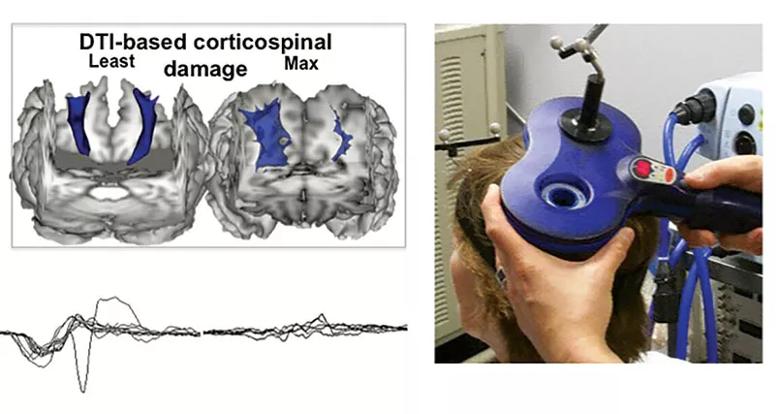
Figure 1. Damage in our study was measured using diffusion tensor imaging (DTI) (left), and physiologic condition of pathways was assessed using transcranial magnetic stimulation (right).
Our findings reveal that functional improvements associated with traditional stimulation and stimulation of the intact hemisphere share an inverse relationship. Whereas functional improvements associated with traditional stimulation are reduced with greater degrees of damage and impairment, improvements associated with stimulation of the intact hemisphere increase. Overall, as anticipated, mildly affected patients recovered the most with traditional stimulation while severely affected patients recovered with stimulation of the intact hemisphere.
The unique aspect of our findings is that we have established that the relationship between improvements associated with alternate forms of stimulation is inverse. We are thus able to identify the intersection, or cutoff level, of damage and impairment at which to stratify candidates for traditional stimulation versus stimulation of the intact hemisphere (Figure 2).
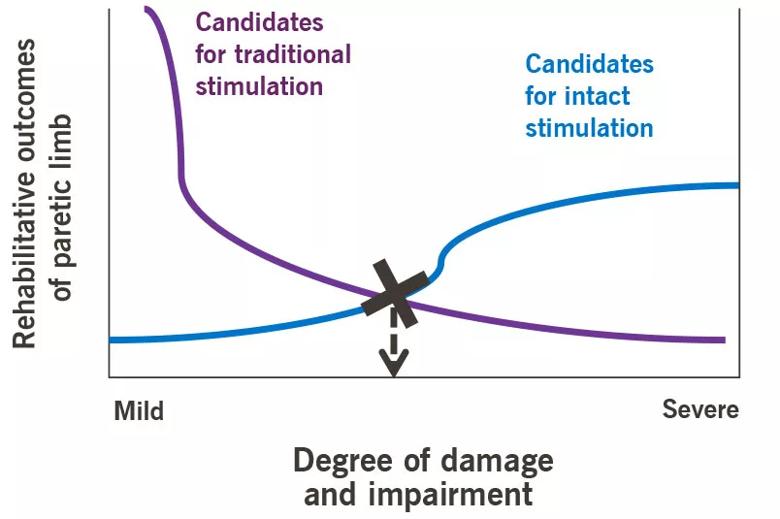
Figure 2. Our research establishing the inverse relationship between outcomes associated with alternate forms of stimulation can serve to stratify patients to therapy according to the severity of their functional impairment.
Advertisement
This represents what we believe is the first attempt to develop targeted brain stimulation therapy for stroke. Not only can mildly affected patients achieve gains of greater than 30 percent in upper limb outcomes with traditional stimulation, but for the first time severely affected patients are likewise able to achieve greater than 30 percent gains with stimulation of the intact hemisphere.
In this way, our premise and findings are highly aligned with NIH’s Precision Medicine Initiative. By accounting for an individual’s damage and impairment following stroke, we can stratify that patient a priori for tailored stimulation so that all types of patients have an equal opportunity for fuller recovery.
This work has been funded by the NIH, the American Heart Association and the American Stroke Association.
Dr. Plow is an assistant staff member in Cleveland Clinic Lerner Research Institute’s Department of Biomedical Engineering with an appointment in the Department of Physical Medicine and Rehabilitation.
Drs. Lin, Potter-Baker, Sankarasubramanian and Cunningham are postdoctoral fellows in Dr. Plow’s lab.
Dr. Machado is Chairman of Cleveland Clinic Neurological Institute and a neurosurgeon with specialty interests in neuromodulation and deep brain stimulation.
Advertisement

Understanding TE involvement is a key to developing new treatments

Study aims to inform an enhanced approach to exercise as medicine

$3.2 million grant will fund use of calcium-based imaging to record neuronal activity in ischemia model
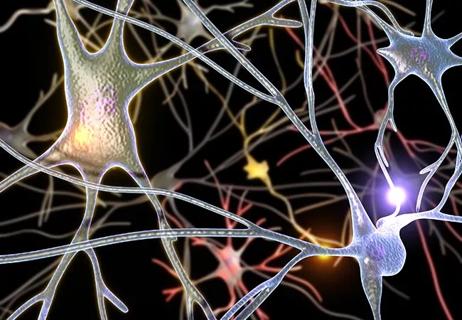
New phase 1 trial showcases Neurological Institute’s interdisciplinary study capabilities

Chronic stress, asymptomatic disease affect different brains differently
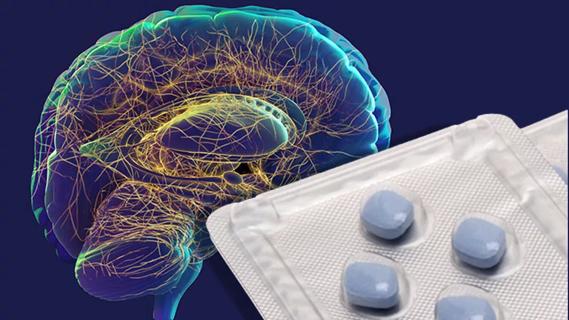
Real-world claims data and tissue culture studies set the stage for randomized clinical testing
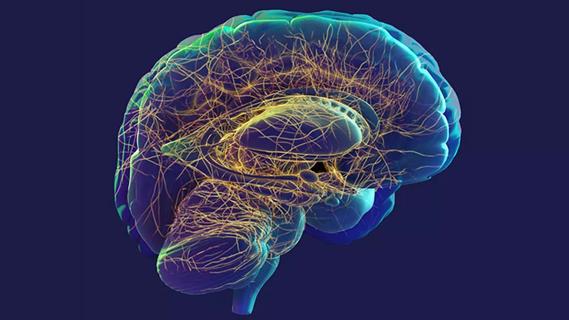
New grant-funded investigation illustrates impact and reach of Cleveland Clinic Brain Study

How the new longitudinal investigation could become the Framingham Heart Study of brain health